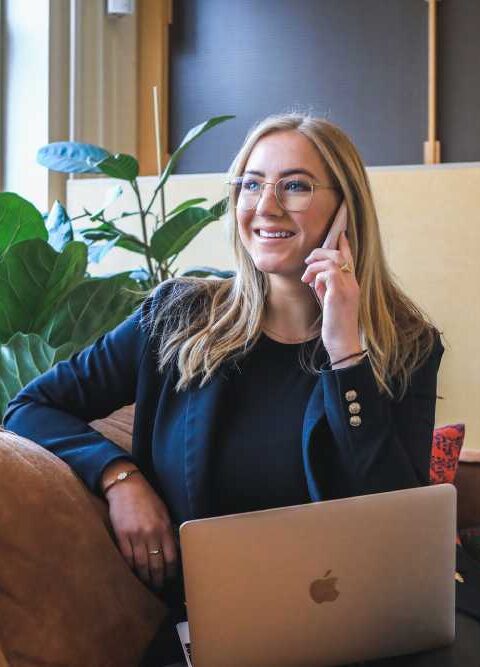When companies and consumers hear the term ‘beauty product testing’, it may invoke the image of lab technicians huddled over microscopes and test tubes. While there are scientific processes involved in product testing, it is actually much more encompassing and involved than a bunch of white coats stuck in a lab. It also deeply involves actual people, finding out about what they need and what they want.
Beauty product testing is also commonly known as consumer product testing. Instead of just evaluating the product ingredients, it is also essential to evaluate the consumer. How the consumer perceives the product and how they actually use it and some of the best predictors of how successful a beauty product will actually prove to be.
Consumer-Driven Research
While a beauty product is a physical product, people are the ones who use it. That means that effective research has to extend beyond the ingredient-testing phase and go directly to the consumer. Consumers are the ultimate proof of whether a product is effective, viable, and successful. If the product is a success, consumers are happy and the company also thrives. Some of the consumer-driven research methods may include:
- Consumer Perception Studies
- Consumer Product Testing
- Consumer In-Home Testing (IHUTS)
Consumer perception involves metrics that include all the sensory experiences that a customer may derive from a specific product. What they see, smell, taste, feel, and hear are critical to properly testing a beauty product. In-home use testing involves consumers being able to test the product in their personal spaces.
In the past, in-store product sampling was a common way to evaluate a product because people often frequented cosmetic counters at department stores. However, the spread of e-commerce means that product testing can go directly to the consumer, and they can provide feedback to researchers in a short amount of time.
Consumer product testing can involve various aspects of gauging what consumers think of a product. After establishing special goals and guidelines, companies can utilize a target pool of potential consumers to get a sense of what the larger market may think about the product.
Successful consumer product testing doesn’t always mean the product is ready for mass distribution. Sometimes, a successful test could entail consumer criticism that provides important feedback to the company. This information is critical because it helps beauty product businesses refine a product and actually make it better before it is launched to a broader consumer base.
Beauty product testing has come a long way over the years. Brick-and-mortar storefronts are less prominent, but door-to-door delivery is everywhere. This expedites the consumer testing process, encouraging direct interaction with the consumer and establishing an in-depth dialogue with future consumers about beauty products.
In many ways, it has personalized the relationships between companies and consumers. Beauty products are also deeply personal. So, it’s a great foundation for fully testing a product and creating the best beauty materials for the marketplace. Good product testing will always test the ingredients, but it will also actively include the consumers, too.







